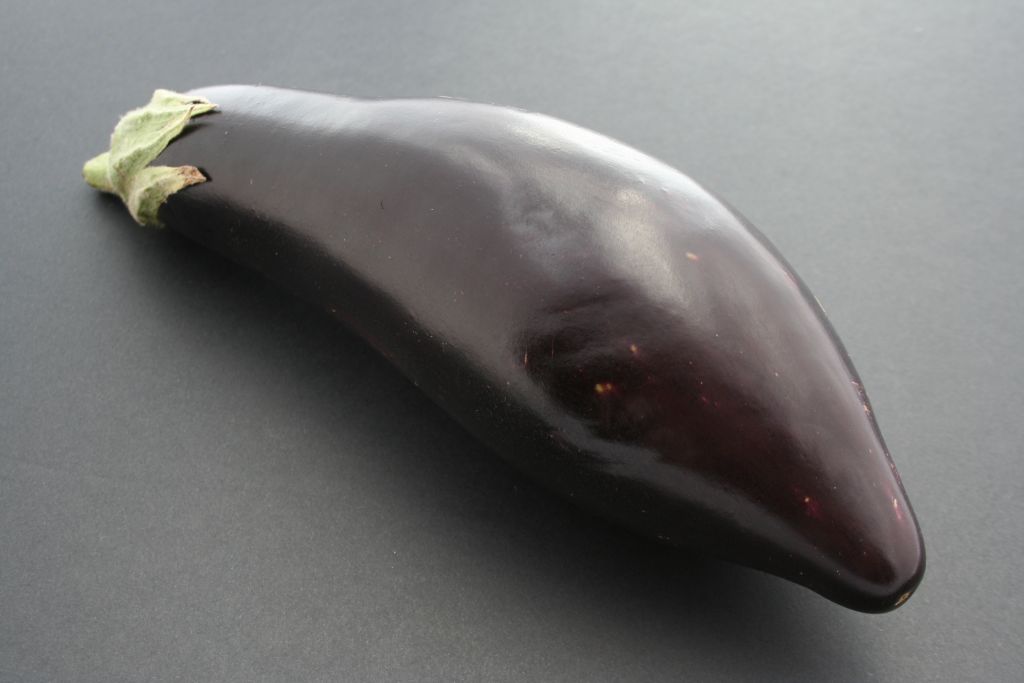Aubergine

Image copyright jonsay.co.uk
The size, shape and colour of aubergine fruits varies widely. India and Asia tends to have the widest variety of aubergines with more colours than the western world. They can be purple, white, green, yellow and reddish in colour.
The fruit is rather fibrous with low water content which means that during cooking the aubergine can absorb a high quantity of fat and juice from the dish so the flavours inside the fruit grow in intensity. Stewing and baking are popular methods of cooking the aubergine and it is used from China to Portugal and Canada to Argentina.
The largest grower of aubergines is China followed quite closely by India. Over 35 million tonnes of aubergines are grown each year.
Nutritional Information 100g of an average Aubergine:-
| Calories | 25 kcal |
| Carbohydrates | 5.6g |
| Protein | 1.0g |
| Fat | 0.18g |
| Fibre | 3.3g |
| Aubergine in other languages:- |
| Cebuano: | talong |
| Chinese: | qiézi 茄子 |
| French: | f aubergine |
| German: | f aubergine |
| Greek: | f μελιτζάνα |
| Indonesian: | terong |
| Italian: | f melanzana |
| Japanese: | nasu なす |
| Nederlands: | c aubergine |
| Norwegian: | m/f eggplante |
| Polish: | m bakłażan |
| Portuguese: | f berinjela |
| Spanish: | f berenjera |
| Swedish: | c aubergine, c äggplanta |
| Tagalog: | talong |
| Turkish: | patlıcan |